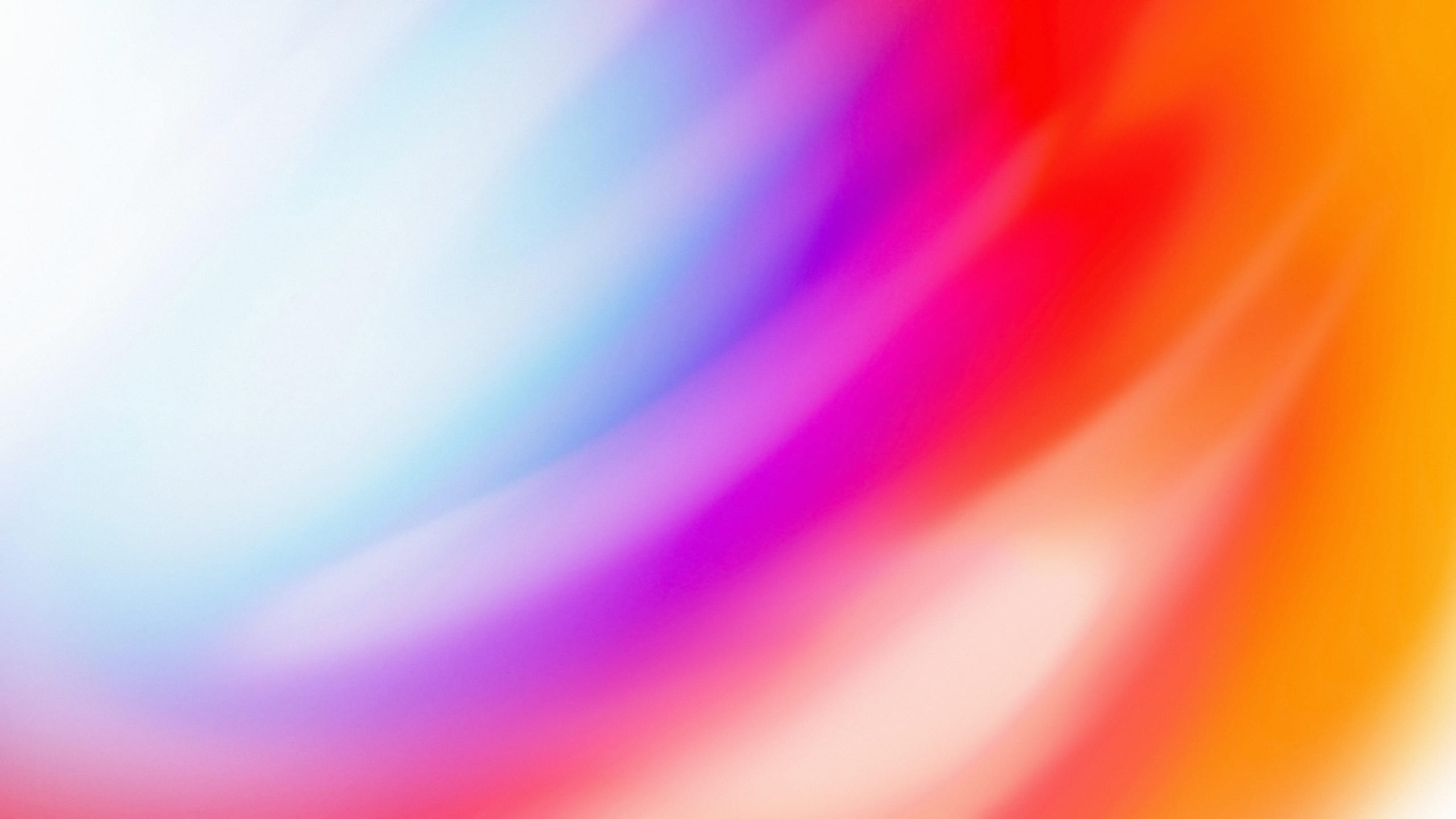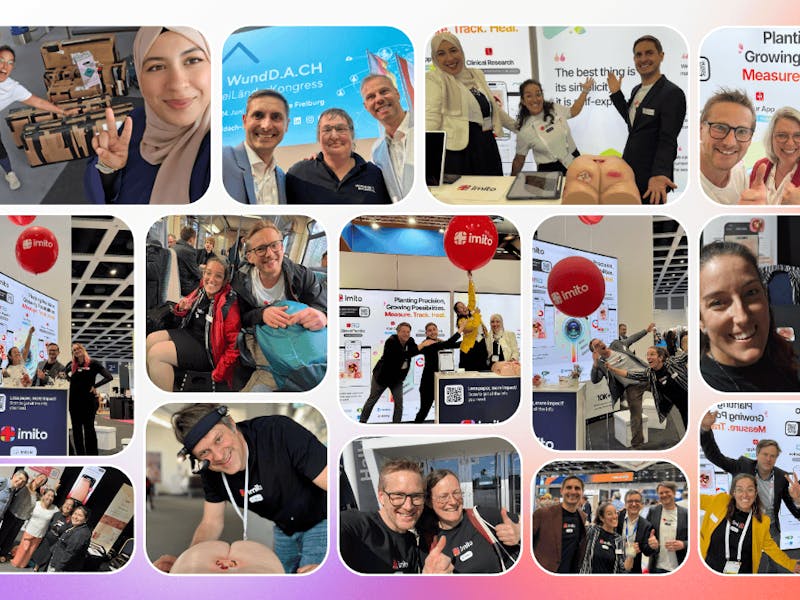In this day and age when technology pervades most aspects of our lives, it has become crucial to find ways to regulate it.
Ever since the birth of the iPhone in 2007, hand-held electronics have assumed a dominant position in most aspects of people’s daily tasks. Whether on laptops, tablets or smartphones, personal health management has also gone virtual, and today health-related apps make up 4% of Apple’s App Store, amounting to about 20,000 apps. These address a number of health aspects, from fitness tracking to food allergy control (such as AllergyFT), sleep cycle regulation (Sleep Cycle), monitoring heart rates or keeping track of diets, to mention a few examples.
The idea of recording health information on personal portable devices is clearly not new.
While users of personal health tracking apps have their own unique needs (such as ease of use), professionals in each medical field require their own set of methods to record patient medical information, many of which recur in separate disciplines.
Recording and keeping a patient’s records up to date is just one of the many responsibilities of the medical profession. Today, as in the past, most medical records are still kept on paper, but recently physicians have started using personal smart devices to collect data by taking photos of patients.
As it stands now, this is of concern for both professionals and patients since there have been no efforts to regulate this practice. Ensuring the lawfulness of smartphone patient photography is very important since image storage and disposal must be managed by the hospital as an organisation rather than the physician.
A recent survey our company conducted shows that over 52% of physicians (n=482) use their personal cellphones to take photos of patients. When Burns and Belton asked for the reasons of doing so, doctors claimed they aim to improve the treatment and facilitate information transfer to other physicians. Some respondents also stated the images were used for educational purposes.
Considering the images are stored and shared with others, the ethical aspects of this practice must not be belittled. The majority of patient consent practices takes place verbally rather than in written form. The consent includes little to no explanation as to why the photo is being taken, where it will be stored and for how long it will be kept. This means patients have next to no knowledge or protection over their private medical pictures, despite the high risk of exposure to conditions that many patients keep private and feel vulnerable about.
It is essential that healthcare providers are informed (and constantly reminded) of the privacy policy over the photos they are snapping, and that those images are property of the hospital. Thus, by storing patient’s photos on personal devices, doctors are compromising their patients’ privacy and security and setting up their department to be potentially sued for illegal actions.
However, despite current shortcomings in terms of privacy policy and safety, medical photography has played a very progressive role and is ripe with advantages, being one of the major forces in the transition from paper to digital medical record-keeping. The management of pathologies, particularly in fields such as dermatology and orthopaedics, has benefited enormously from clinical photography, and computerised patient information allows several caregivers to access the information and promptly take any necessary action.
Such a platform can ease the sharing of cases, and bring down barriers in the way of transferring patient information from physician to physician. An organised medical database can also greatly benefit medical students, residents and practitioners as a whole. The constant flow of information and new content makes it possible to follow up with every case in real-time. By having a place where they can find all the necessary information on a patient, clinicians can make their tasks simpler and above all save time. A unified patient information database can also foster better support for medical research, which is a vital part of the medical system.
To conclude, it has come to our attention that the use of medical photography in a non-compliant way has become a recurrent issue in today’s hospitals. This can be solved by creating a legally-compliant platform that healthcare providers are trained to abide by and have easy access to, in order to redirect the quick, “harmless” snapping of patients all over the world to one place that can only be accessed by those authorised.
19 - 21 April conhit 2016




